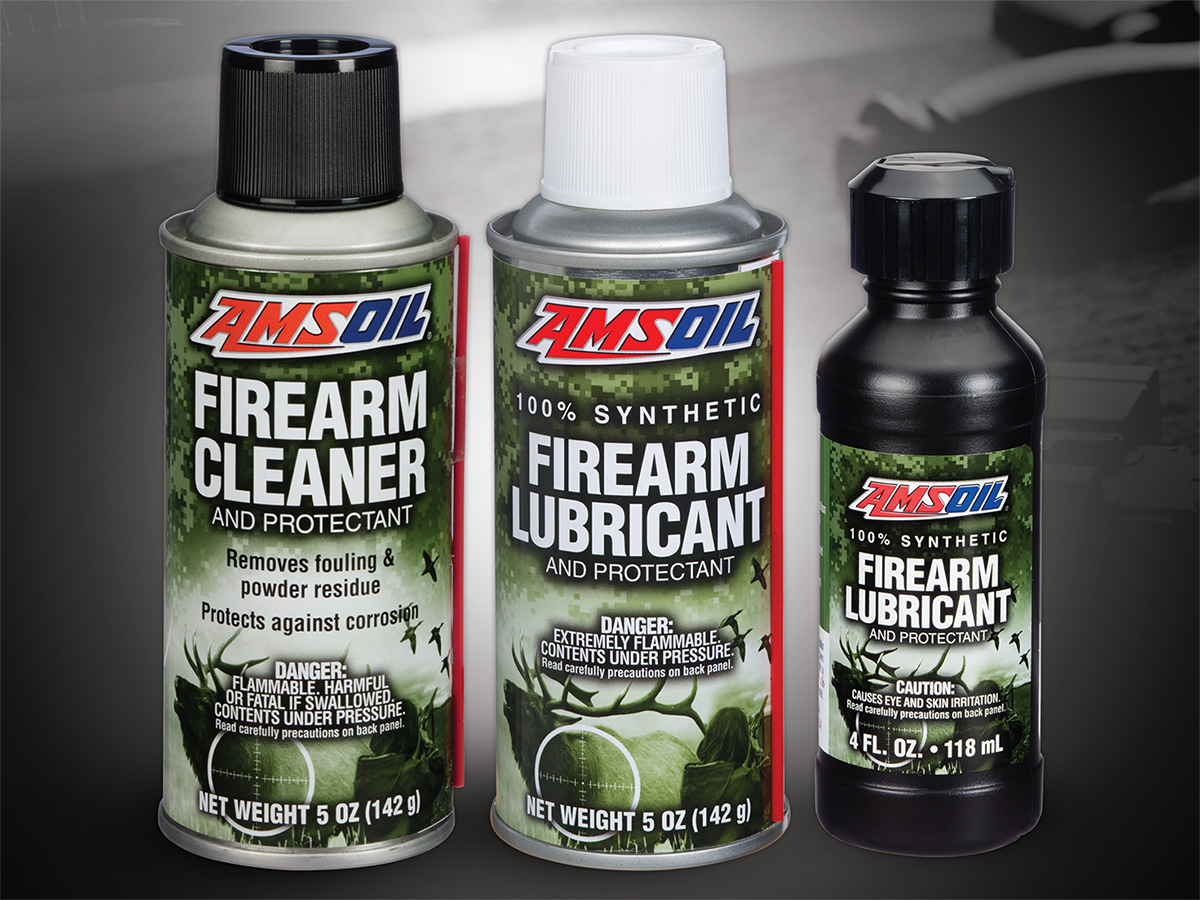Protect Your Firearms and Improve Their Reliability _by David Hilgendorf | September 29, 2023 One in three Americans owns a firearm, and they need their guns to perform flawlessly when called upon. The moving parts on firearms must be cleaned and lubricated to ensure top performance and long life. It’s important to perform regular maintenance […]
You are browsing archives for
Tag: lubricants
Your Manufacturer’s Warranty is Secure
Your Manufacturer’s Warranty is Secure and better protected with AMSOIL AMSOIL lubricants maintain your factory vehicle and equipment warranties. _by David Hilgendorf October 24, 2022 According to the Federal Trade Commission, manufacturers or sellers may make promises to stand behind the products you purchase. Any warranty offered must be available to read before purchase, so be […]
How do we define “severe service”?
How do we define “severe service”? When pushing our lubricants to their limits, we sometimes find the limits of the test equipment first. Matt Erickson | TECHNICAL MANAGER – PCLT PRODUCTS AND MECHANICAL R&D One of my responsibilities here at AMSOIL is to help develop tests in our mechanical lab designed to push lubricants to […]


